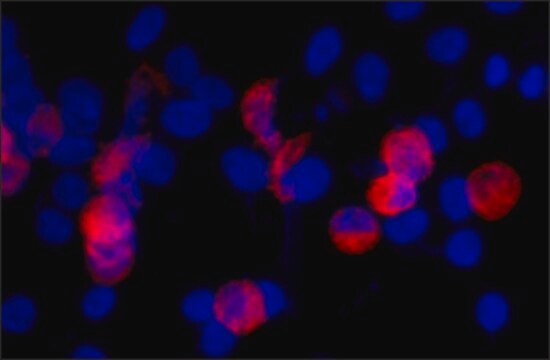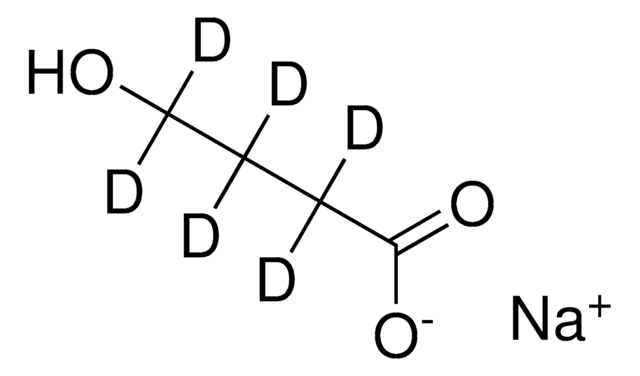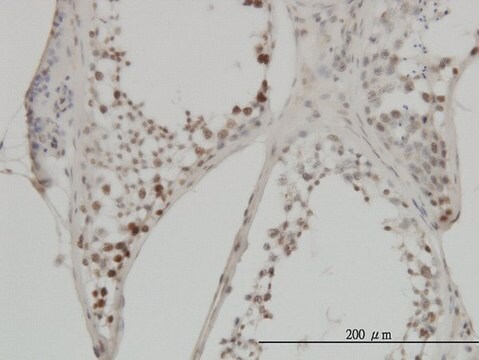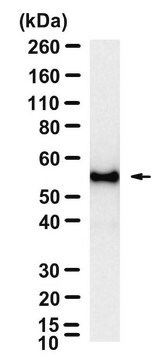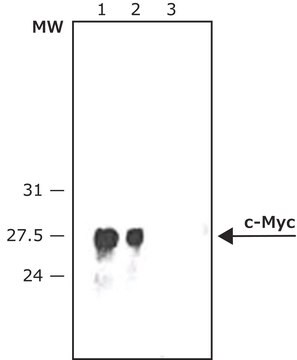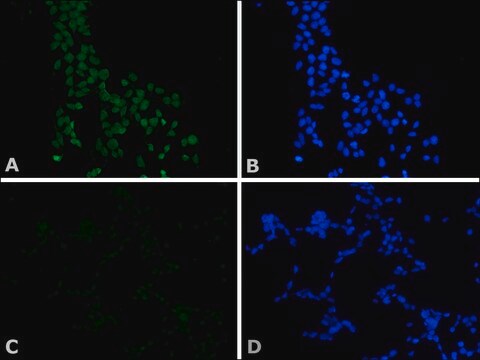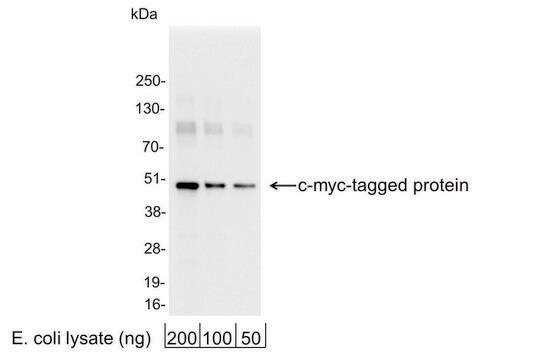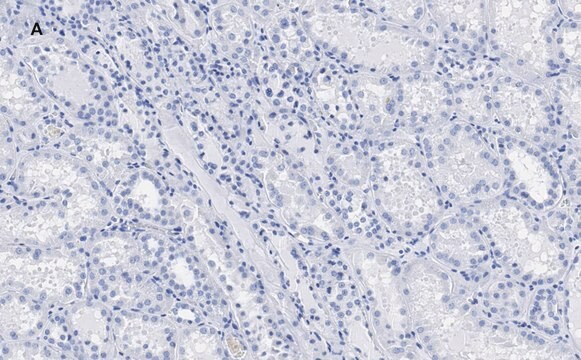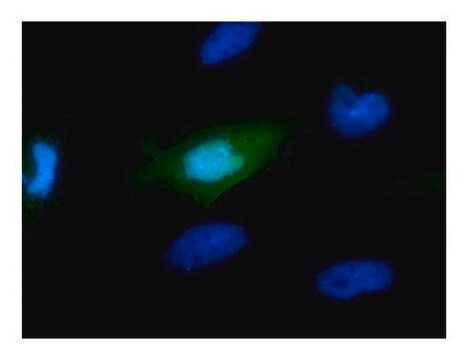M5546
Anticorps anti-c-Myc
clone 9E10, ascites fluid
Synonyme(s) :
Anti-c-Myc
About This Item
Produits recommandés
Source biologique
mouse
Niveau de qualité
Conjugué
unconjugated
Forme d'anticorps
ascites fluid
Type de produit anticorps
primary antibodies
Clone
9E10, monoclonal
Contient
15 mM sodium azide
Espèces réactives
human
Technique(s)
immunocytochemistry: suitable
immunohistochemistry (formalin-fixed, paraffin-embedded sections): suitable
immunoprecipitation (IP): suitable
indirect ELISA: suitable
western blot: 1:100 using c-myc tagged fusion protein
Numéro d'accès UniProt
Conditions d'expédition
dry ice
Température de stockage
−20°C
Modification post-traductionnelle de la cible
unmodified
Informations sur le gène
human ... MYC(4609)
Vous recherchez des produits similaires ? Visite Guide de comparaison des produits
Description générale
Monoclonal Anti-c-myc (mouse IgG1 isotype) is derived from the 9E10 hybridoma produced by the fusion of mouse myeloma cells and splenocytes from immunized BALB/c mice.
Spécificité
Immunogène
Application
Monoclonal Anti-c-Myc antibody has also been used in:
- the detection of horseradish peroxidase conjugate in phosphate buffered saline tween-20 (PBST) and 65-kDa mannoprotein (MP65) Dabs
- immunoblotting
- immunoprecipitation
- biochemical and histological studies
Actions biochimiques/physiologiques
Forme physique
Stockage et stabilité
Clause de non-responsabilité
Vous ne trouvez pas le bon produit ?
Essayez notre Outil de sélection de produits.
En option
Code de la classe de stockage
12 - Non Combustible Liquids
Classe de danger pour l'eau (WGK)
nwg
Point d'éclair (°F)
Not applicable
Point d'éclair (°C)
Not applicable
Certificats d'analyse (COA)
Recherchez un Certificats d'analyse (COA) en saisissant le numéro de lot du produit. Les numéros de lot figurent sur l'étiquette du produit après les mots "Lot" ou "Batch".
Déjà en possession de ce produit ?
Retrouvez la documentation relative aux produits que vous avez récemment achetés dans la Bibliothèque de documents.
Les clients ont également consulté
Notre équipe de scientifiques dispose d'une expérience dans tous les secteurs de la recherche, notamment en sciences de la vie, science des matériaux, synthèse chimique, chromatographie, analyse et dans de nombreux autres domaines..
Contacter notre Service technique